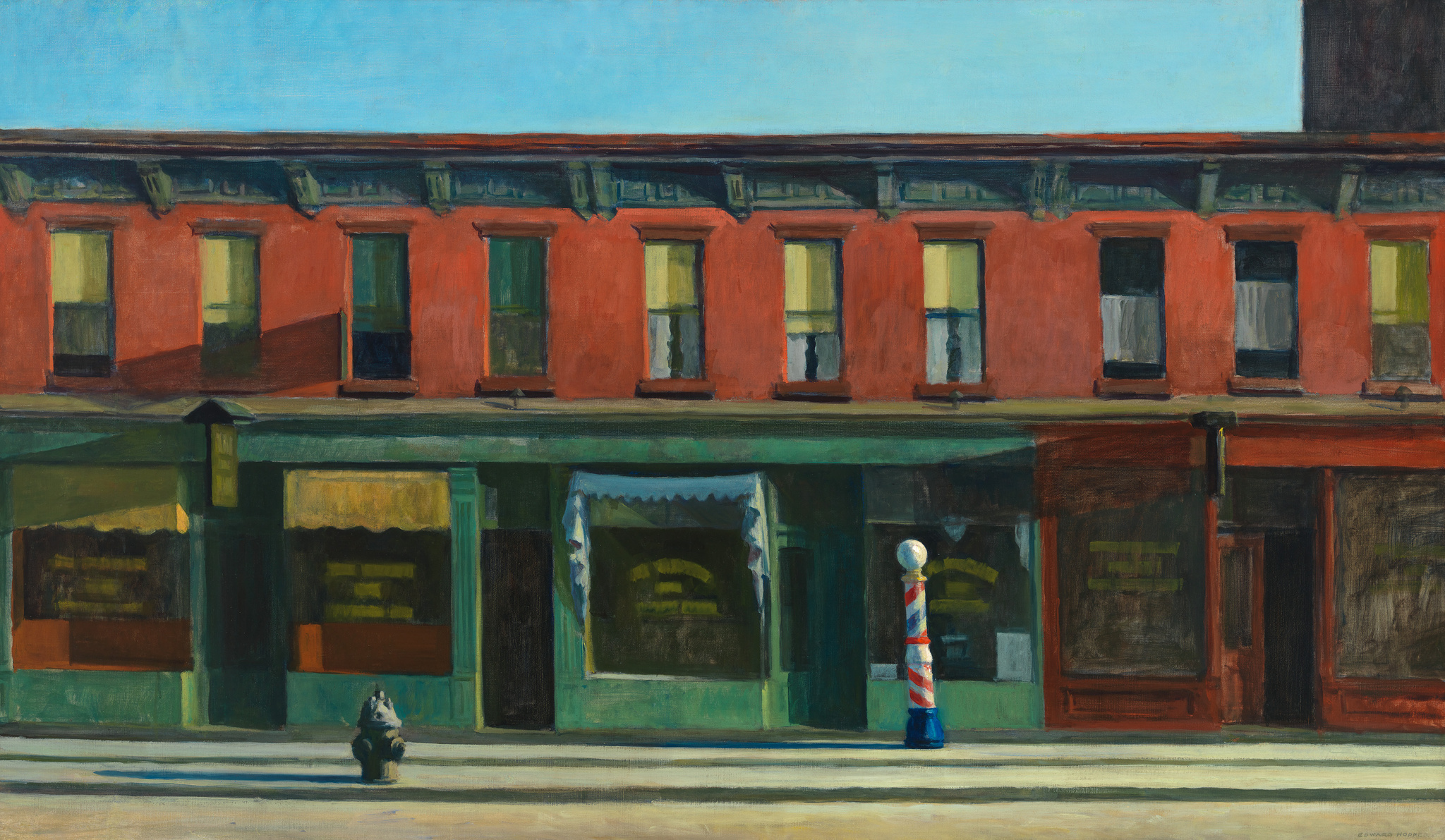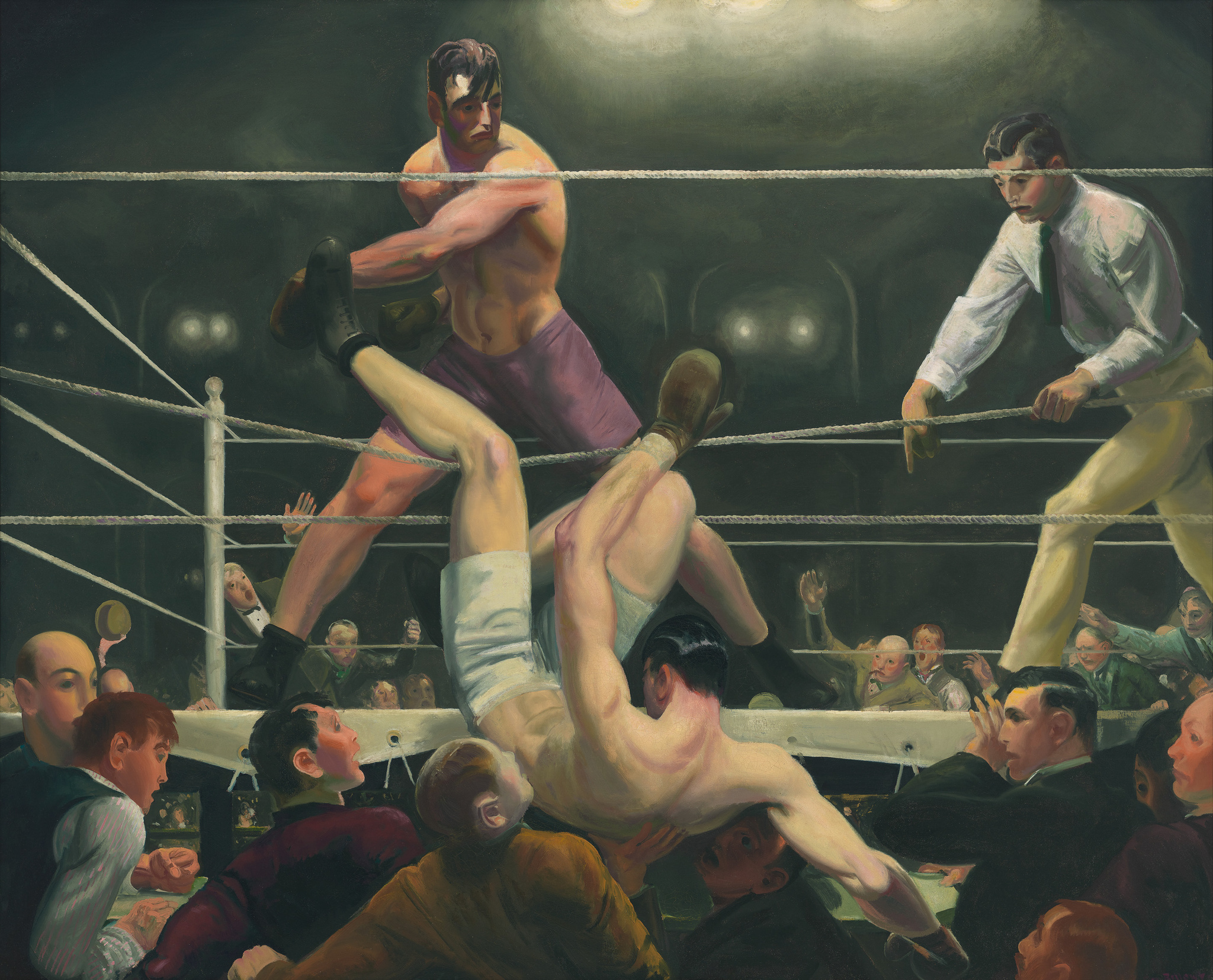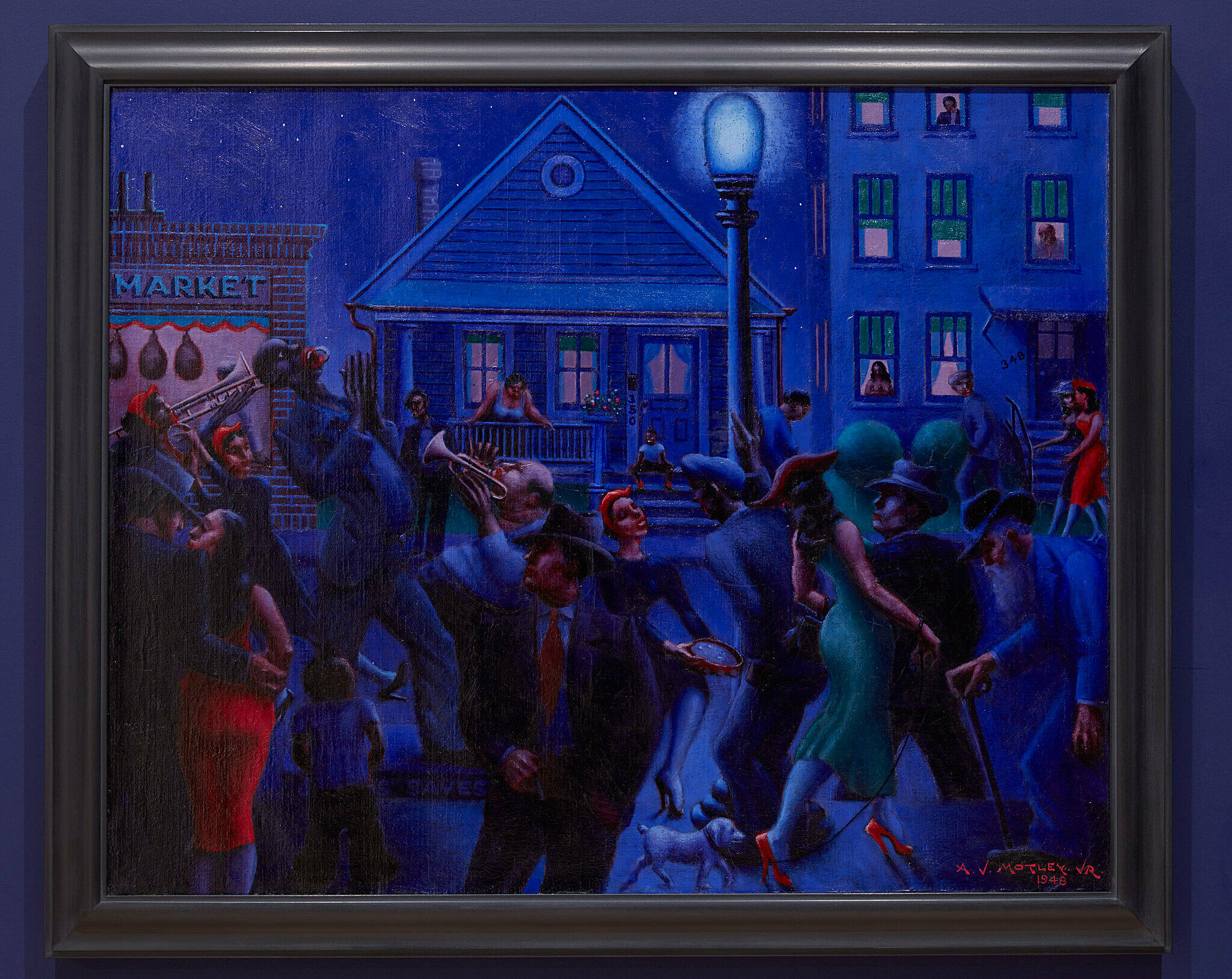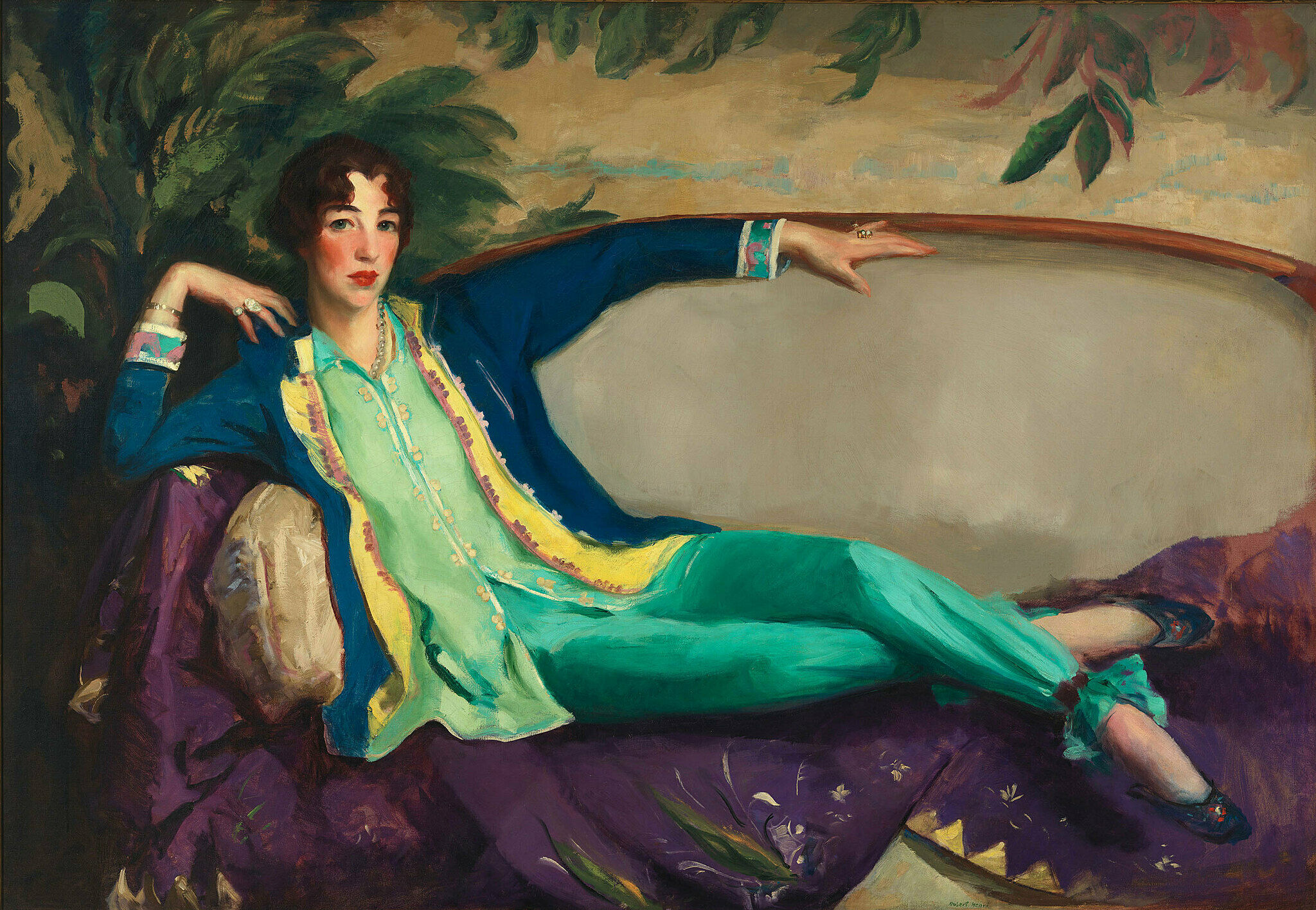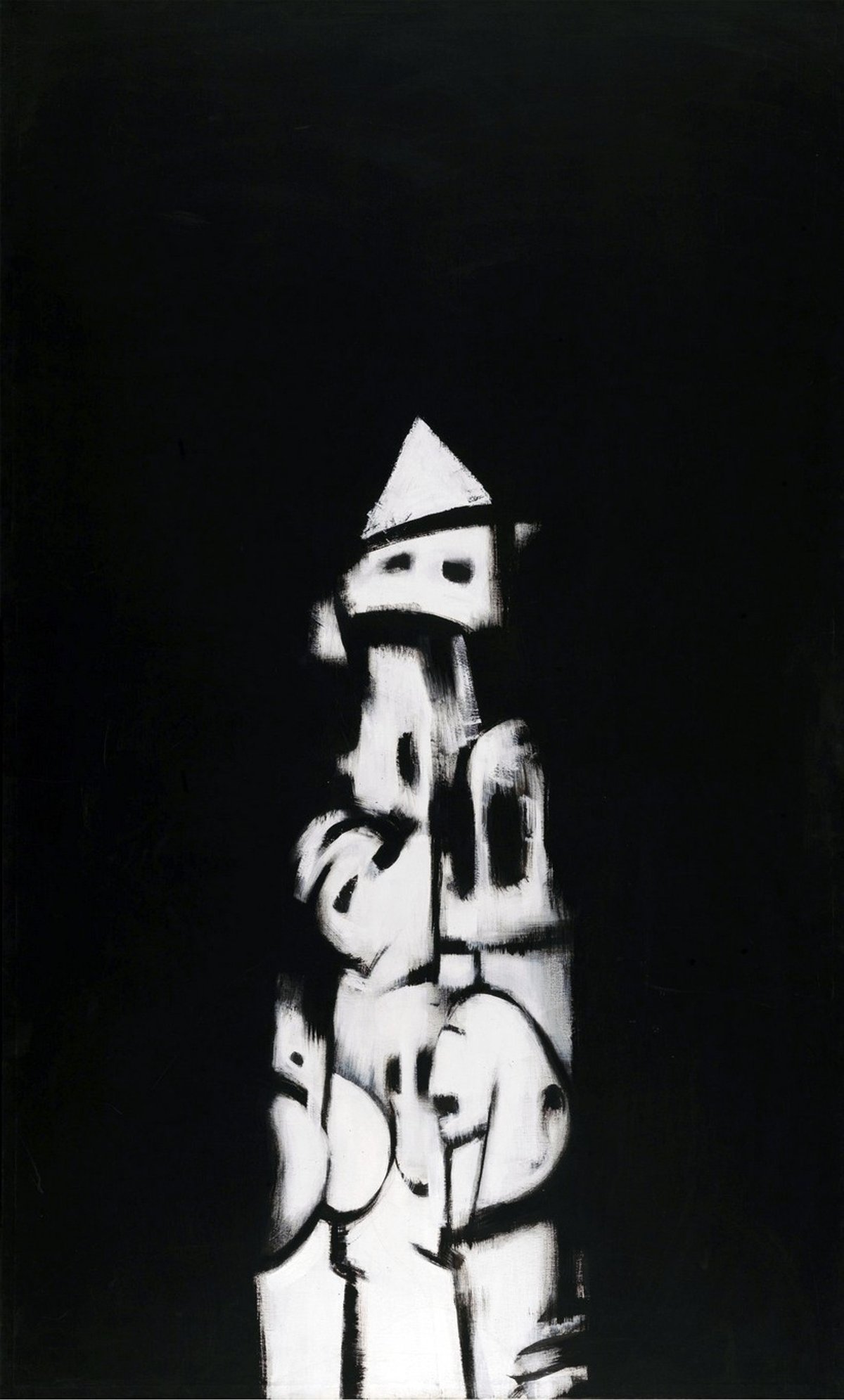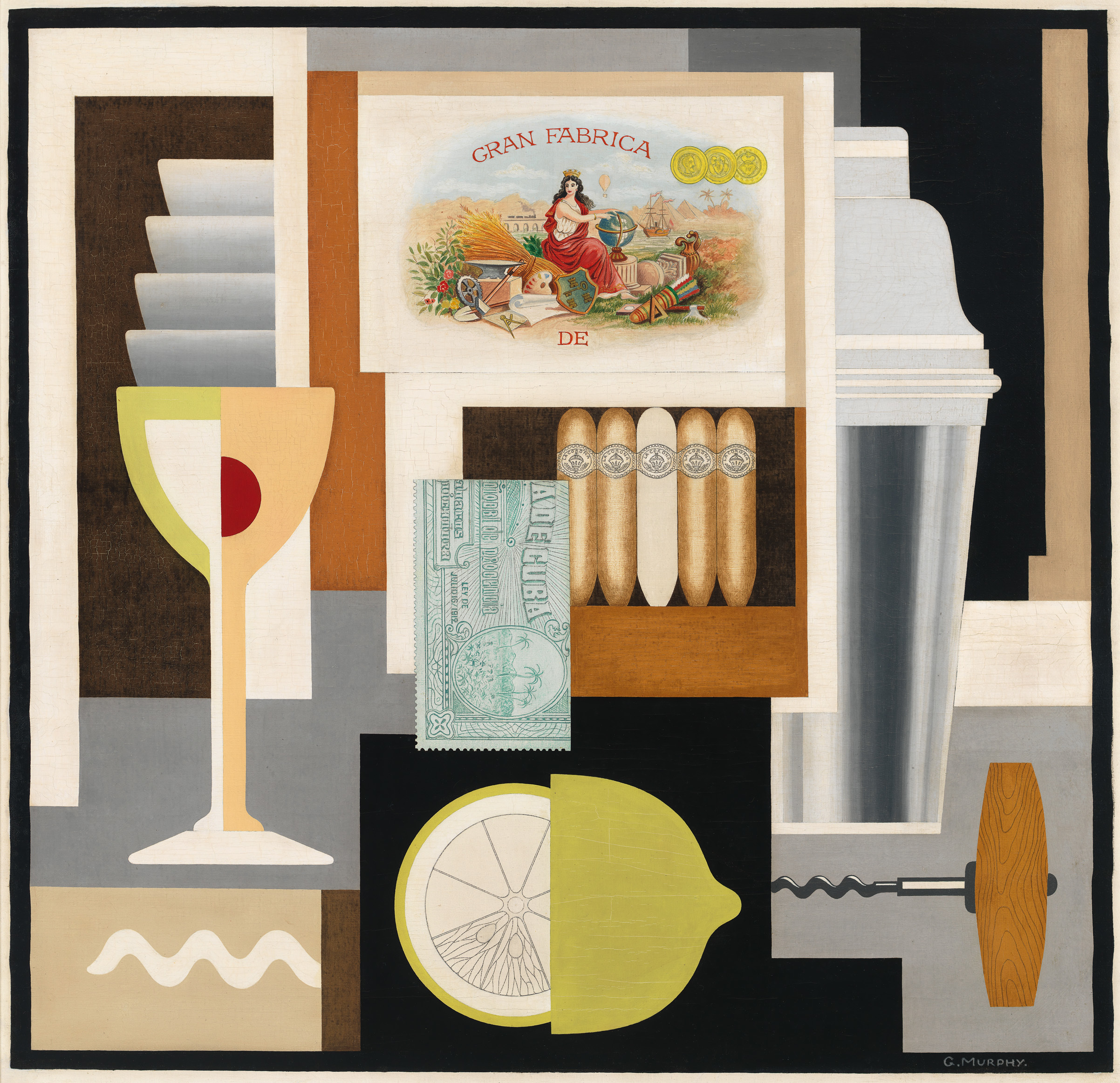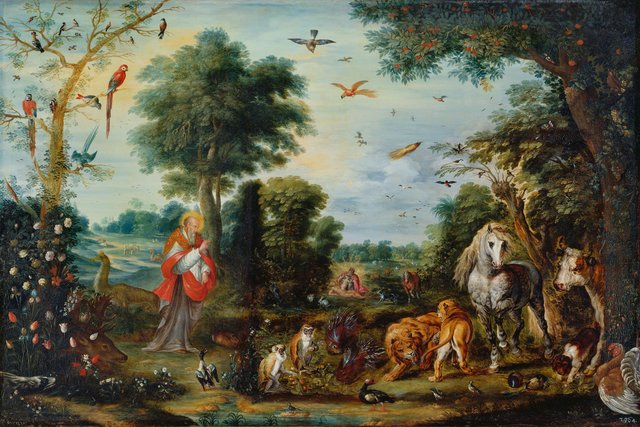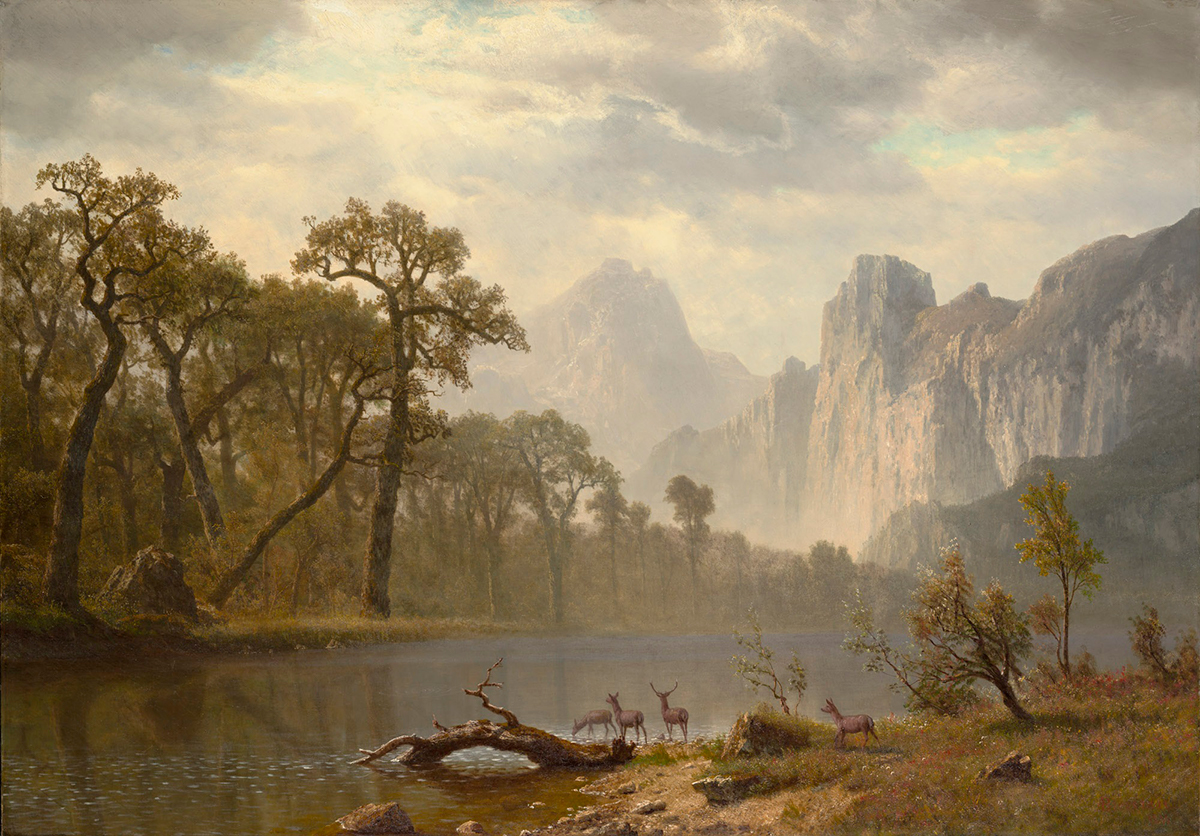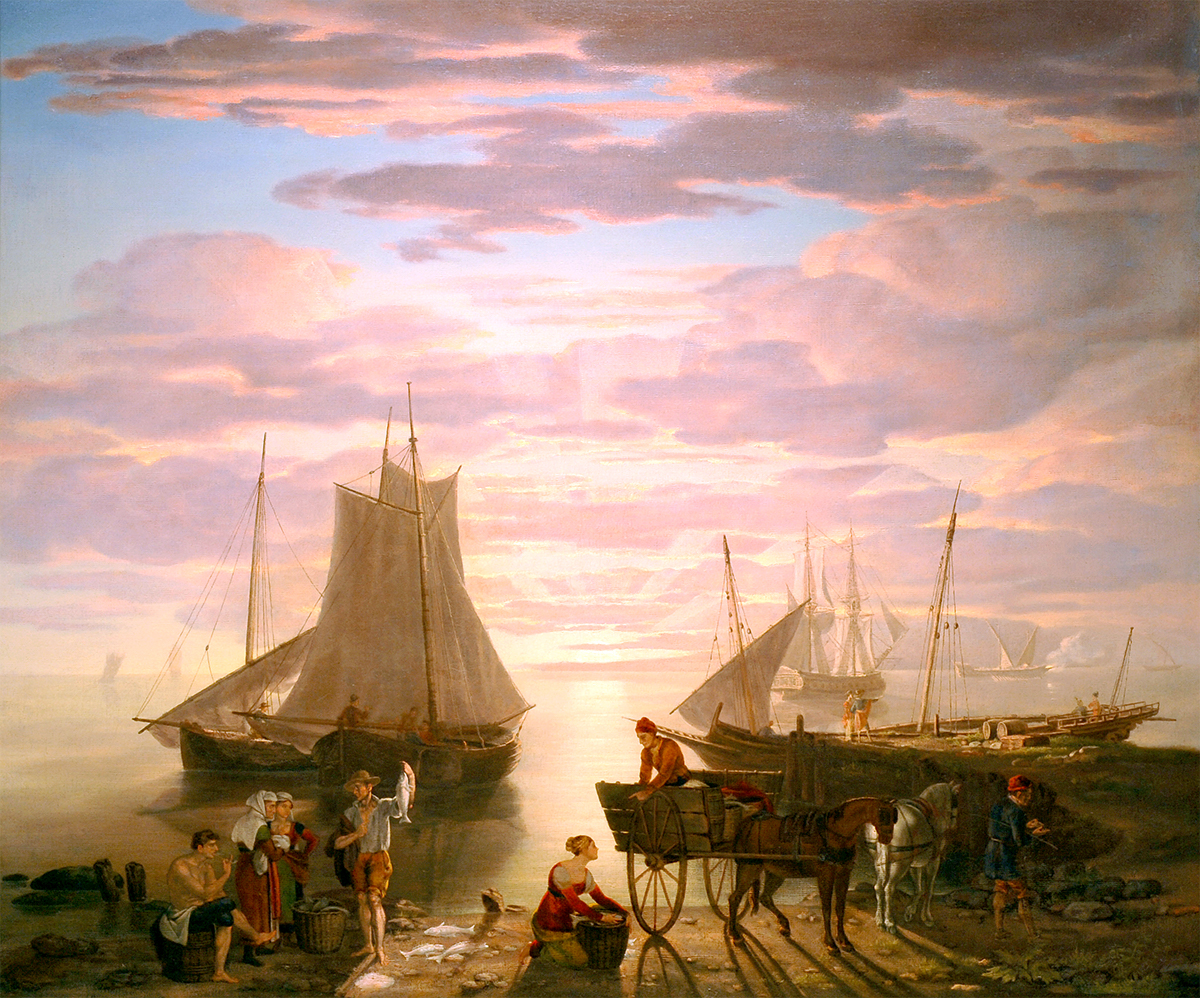The Whitney Museum of American Art
Beginning July 5, 2025
The Whitney Museum of American Art presents a refreshed look
at the Museum’s collection in the exhibition “Untitled” (America). Coinciding with the Whitney’s
ten-year anniversary in its current building downtown, this reinstallation celebrates highlights of
the collection alongside new acquisitions in an open, dynamic exhibition design that forges
connections across subjects and decades.
Reflecting on the vision of its founder, sculptor, and
philanthropist Gertrude Vanderbilt Whitney, the presentation underscores the Museum’s
longtime commitment to supporting contemporary American art, even as the notion of “America”
has and continues to evolve.
Today, the Whitney’s collection is a testament to the ambitious and experimental practices of
artists in the United States, offering diverse stories of American life through formal, social, and
political lenses. “Untitled” (America) features recognizable favorites by renowned American
artists, including Jean-Michel Basquiat, Barkley L. Hendricks, Edward Hopper, Jasper
Johns, Archibald John Motley Jr., Georgia O’Keeffe, Mark Rothko, Ed Ruscha, Alma
Thomas, Kay WalkingStick, and Andy Warhol, alongside more recent acquisitions from the
Museum’s collection. It highlights key ideas and artistic approaches in American art from 1900
through the early 1980s, at times cutting across chronological boundaries.
Beginning with the
Whitney’s robust holdings in figurative and realist traditions, the presentation considers how
artists have responded to place and memory in the American landscape, popular culture and
the rise of consumerism, the seductions and illusions of mass media, and the spatial and
cultural dynamics of abstraction.
“
We’re thrilled to welcome visitors back to our collection galleries,” said Kim Conaty, Nancy and
Steve Crown Family Chief Curator at the Whitney Museum. “The newly configured spaces offer
something for everyone, with favorite works in new conversations, and recent additions to the
collection making stunning debuts. Special installations, like a daylit sculpture gallery dedicated
to the work of Isamu Noguchi, celebrate the great strengths of the collection set within the
unique architecture of the Whitney’s downtown building.”
“Untitled” (America) will be on view at the Whitney Museum beginning July 5, 2025. The
exhibition is curated by Kim Conaty, Nancy and Steve Crown Family Chief Curator at the
Whitney, with Antonia Pocock, Curatorial Assistant. This presentation of the Whitney’s collection
is dedicated to the memory of Leonard A. Lauder, Chairman Emeritus, who recently passed
away, in honor of his extensive contributions to the Museum.
Exhibition Overview
“Untitled” (America)
On the occasion of the Whitney’s tenth anniversary downtown, “Untitled” (America) celebrates
the past, present, and future of the Museum’s collection. This presentation, which features
works from 1900 through 1980, highlights beloved icons from the Whitney’s collection, including
recent acquisitions that expand existing narratives and surface new ones.
Organized thematically, the exhibition foregrounds key ideas and approaches in
twentieth-century artmaking in the United States, and the open exhibition design allows for meaningful connections to be made across subjects and time periods. The exhibition title draws
inspiration from Felix Gonzalez-Torres, whose 1994 work of the same name will be installed in
the west window, just off the entrance to the exhibition. This work, consisting of twelve strands
of light bulbs, one of which will be installed here, offers a participatory meditation on the concept
of “America.”
As Gonzalez-Torres reflected, “The America that I now know is still a place of light,
a place of opportunities, of risks, of justice, of racism, of injustice, of hunger and excess, of
pleasure and growth. Democracy is a constant job, a collective dedication. My sculpture
“Untitled” (America) comes with no instructions. It can be installed any way someone might
want.”
In that spirit, this exhibition embraces the complexity and contradictions of “American” art,
leaving its definition open to question and collaboration from visitors.
“Untitled” (America) opens with five iconic works from the collection: Jasper Johns, Three Flags
(1958), Georgia O'Keeffe, Summer Days (1936), Barkley L. Hendricks, Steve (1976), Alma
Thomas, Mars Dust (1972), and Kay WalkingStick, April Contemplating May (1972).
The first gallery is dedicated to the Whitney’s rich history of collecting works by artists working in
figural and realist traditions. It highlights several works from the Museum’s founding collection,
including Robert Henri, Gertrude Vanderbilt Whitney (1916), George Bellows, Dempsey and
Firpo (1924), and Edward Hopper, Early Sunday Morning (1930). Reflecting on the Museum’s
continued commitment to realism and portraiture, Arshile Gorky’s The Artist and His Mother
(1936) will be paired with Alice Neel’s Andy Warhol (1970), both on view at the Museum for the
first time in several years.
The American landscape will be examined through conceptions of place, memory, and war, with
a selection of works from Jacob Lawrence’s War Series (1946-47), paired with a new acquisition
by Fritz Scholder, Massacre at Wounded Knee II (1970). Works by Elsie Driggs, Eldzier Cortor,
Joseph Stella, and a new acquisition by Aaron Douglas will examine the built landscape across
different moments in US history.
Subsequent galleries in the exhibition explore how artists have engaged with objects from
everyday life, both as materials and sources of inspiration.
Works like Yayoi Kusama’s Air Mail
Stickers (1969) explore an artist’s transformation of the mundane to the extraordinary, and
Marisol’s print Diptych (1971) introduces an irreverent take on self-portraiture through the use of
her own body as a matrix. Works by Gerald Murphy and Man Ray offer earlier examples of
artists questioning consumerism and bringing popular culture into their work.
The seductions and illusions of mass media are explored in works like Nam June Paik’s Magnet
TV (1965), which undermines the power of broadcast and mass media by distorting and
manipulating the content being served to the viewers. Ed Ruscha’s Large Trademark with Eight
Spotlights (1962), Jean-Michel Basquiat’s Hollywood Africans (1983), Andy Warhol’s Ethel Scull
36 Times (1963), and Rosalyn Drexler’s Marilyn Pursued by Death (1963) point to the artifice of
Hollywood and celebrity culture while engaging in the visual languages of commercial culture.
The final gallery of the exhibition explores abstraction through key Abstract Expressionist works,
including Clyfford Still’s Untitled (1956), Norman Lewis' American Totem (1960), and Mark
Rothko’s Four Darks in Red (1958). Alongside these paintings, Jay DeFeo’s The Rose
(1958-66), Lee Bontecou’s Untitled (1963), and a recent acquisition, Zilia Sánchez’s Eros
(1976/1998), push further at the spatial and material dynamics of abstraction.
Aaron Douglas, Mural Study for Cravath Hall, Fisk
University, 1929. Gouache on board, 17 1/2 × 35 3/8 in.
(44.5 × 89.9 cm). Whitney Museum of American Art,
New York; purchase with funds from the DeMartini
Family Endowment, the Ganzi Family Endowment, the
Meg and Bennett Goodman Family Foundation, and the
Poses Family Endowment 2023.17. © 2025 Estate of
Aaron Douglas / Artists Rights Society (ARS), New York
IMAGES
Edward Hopper, Early Sunday Morning, 1930. Oil on canvas, 35 3/16 × 60 1/4 in. (89.4 × 153 cm).
Whitney Museum of American Art, New York; purchase with funds from Gertrude Vanderbilt Whitney 31.426. © 2025
Heirs of Josephine N. Hopper/Licensed by Artists Rights Society (ARS), New York
George Bellows, Dempsey and Firpo, 1924. Oil on canvas, 51 1/8 × 63 1/4 in. (129.9 × 160.7 cm).
Whitney Museum of American Art, New York; purchase with funds from Gertrude Vanderbilt Whitney 31.95;
Archibald
John Motley, Jr., Gettin' Religion, 1948. Oil on linen, 32 × 39 7/16 in. (81.3 × 100.2 cm). Whitney Museum of
American Art, New York; purchase Josephine N. Hopper Bequest, by exchange 2016.15. © Valerie Gerrard Browne
Robert Henri, Gertrude Vanderbilt Whitney, 1916. Oil on canvas, 49 15/16 × 72in. (126.8 × 182.9 cm).
Whitney Museum of American Art, New York; gift of Flora Whitney Miller 86.70.3
Joseph Stella, The Brooklyn Bridge:
Variation on an Old Theme, 1939. Oil on canvas, 70 1/4 × 42 3/16 in. (178.4 × 107.2 cm). Whitney Museum of
American Art, New York; Purchase 42.15;
Norman Lewis, American Totem, 1960. Oil on canvas, 73 11/16 × 43 1/8 in.
(187.2 × 109.5 cm). Whitney Museum of American Art, New York; purchase with funds from the Laurie M. Tisch
Illumination Fund in memory of Preston Robert and Joan Tisch, the Painting and Sculpture Committee, Director’s
Discretionary Fund, Adolph Gottlieb, by exchange, and Sami and Hala Mnaymneh 2018.141. © Norman Lewis,
courtesy of Michael Rosenfeld Gallery, LLC
Gerald Murphy, Cocktail, 1927. Oil and pencil
on linen, 29 1/16 × 29 15/16 in. (73.8 × 76 cm).
Whitney Museum of American Art, New York;
purchase with funds from Evelyn and Leonard
A. Lauder, Thomas H. Lee and the Modern
Painting and Sculpture Committee 95.188. ©
2025 Estate of Honoria Murphy Donnelly /
Licensed by VAGA at Artists Rights Society
(ARS), New York
Aaron Douglas, Mural Study for Cravath Hall, Fisk
University, 1929. Gouache on board, 17 1/2 × 35 3/8 in.
(44.5 × 89.9 cm). Whitney Museum of American Art,
New York; purchase with funds from the DeMartini
Family Endowment, the Ganzi Family Endowment, the
Meg and Bennett Goodman Family Foundation, and the
Poses Family Endowment 2023.17. © 2025 Estate of
Aaron Douglas / Artists Rights Society (ARS), New York
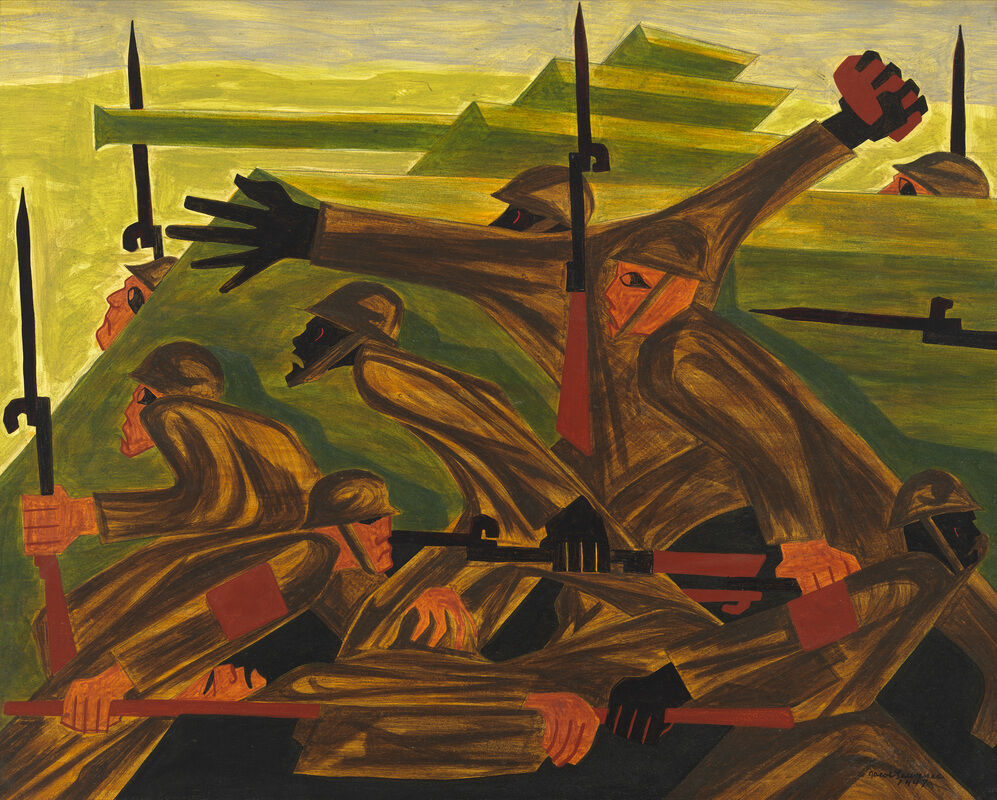
Jacob Lawrence, War Series: Beachhead,
1947. Tempera on composition board, 15 7/8 ×
20 1/16 in. (40.3 × 51 cm). Whitney Museum of
American Art, New York; gift of Mr. and Mrs.
Roy R. Neuberger 51.13. © 2025 The Jacob
and Gwendolyn Lawrence Foundation, Seattle /
Artists Rights Society (ARS), New York
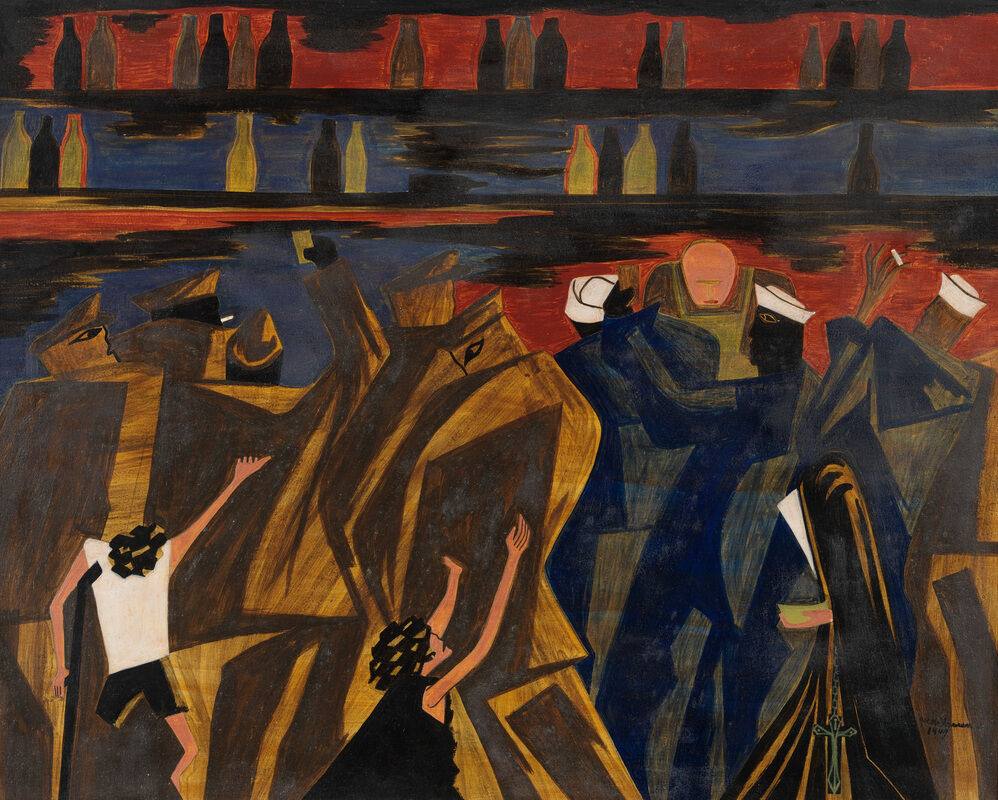
Jacob Lawrence, War Series: On Leave, 1947.
Tempera on composition board, 16 3/16 × 20
1/4 in. (41.1 × 51.4 cm). Whitney Museum of
American Art, New York; gift of Mr. and Mrs.
Roy R. Neuberger 51.12a-b. © 2025 The Jacob
and Gwendolyn Lawrence Foundation, Seattle /
Artists Rights Society (ARS), New York
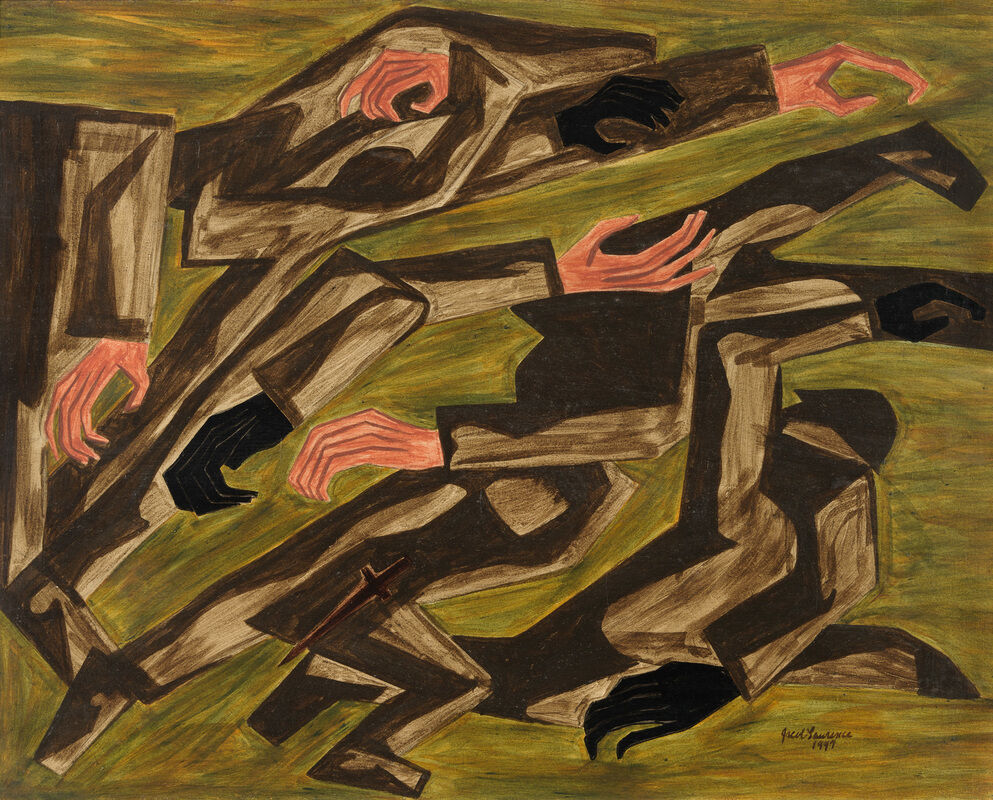
Jacob Lawrence, War Series: Purple Hearts, 1947—Press Assets
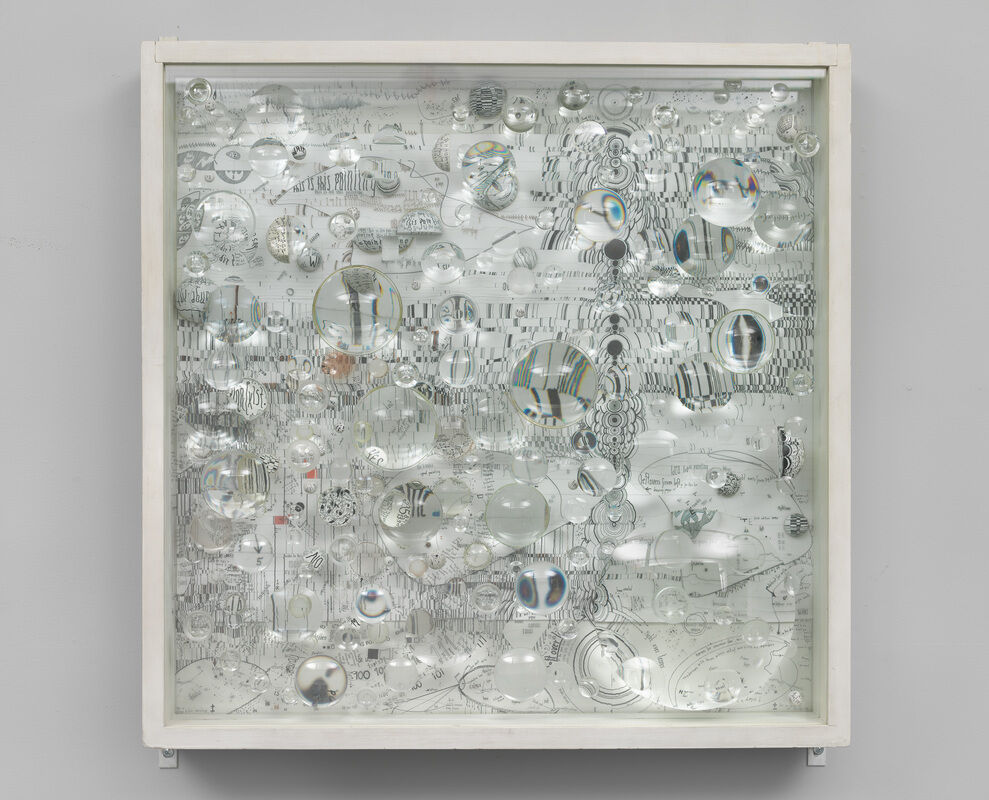
Mary Bauermeister, Homage to Marbert Du Breer, 1964—Press Assets
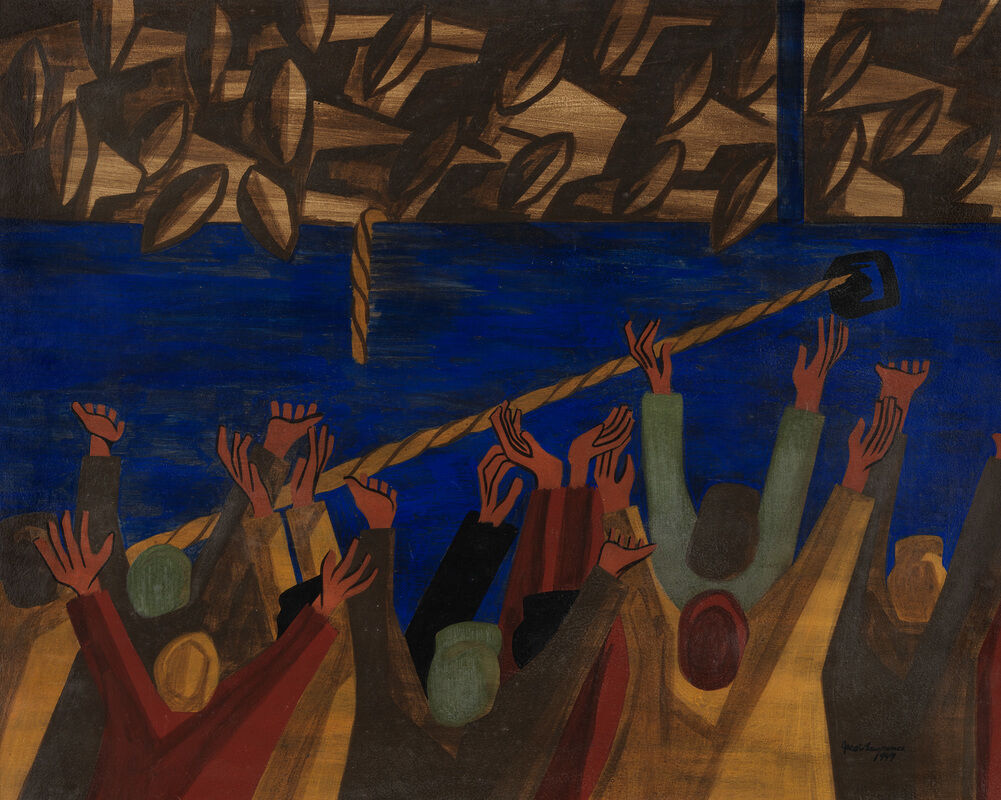
Jacob Lawrence, War Series: Docking - Cigarette, Joe?, 1947—Press Assets
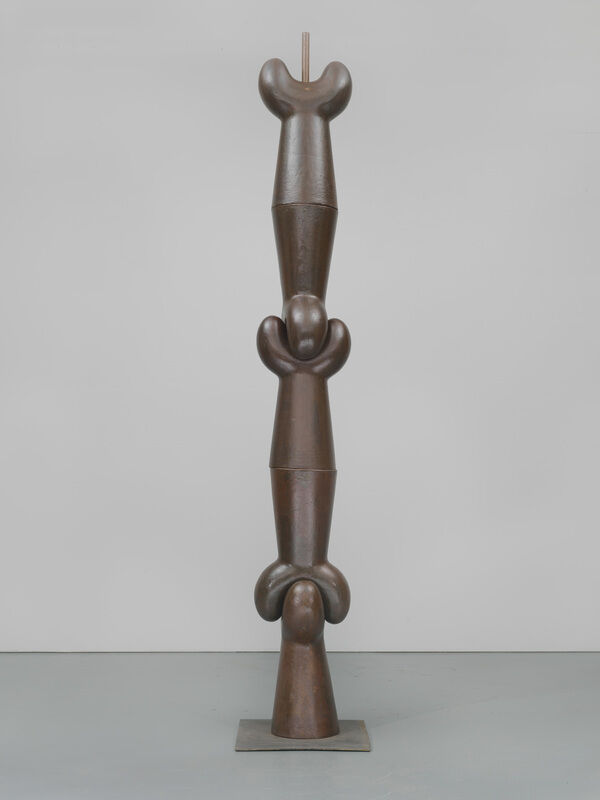
Isamu Noguchi, Endless Coupling, 1957—Press Assets
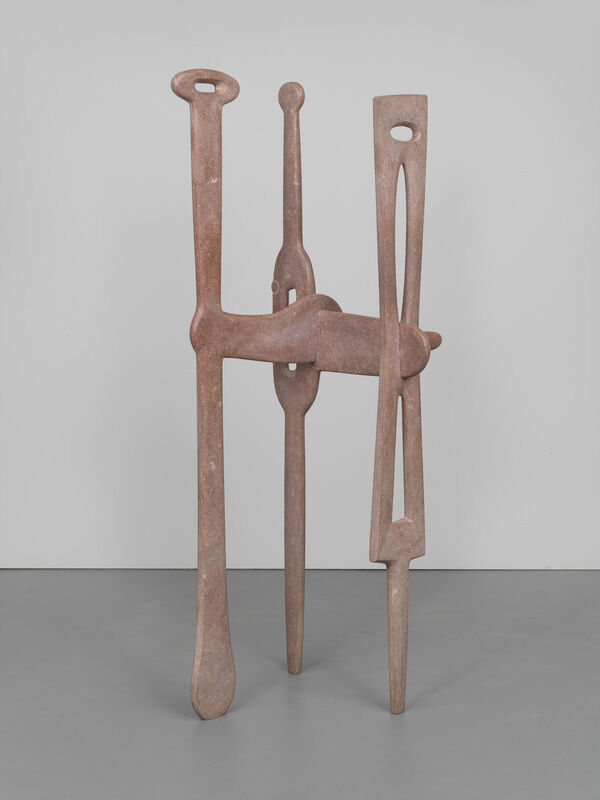
Isamu Noguchi, The Gunas, 1946—Press Assets
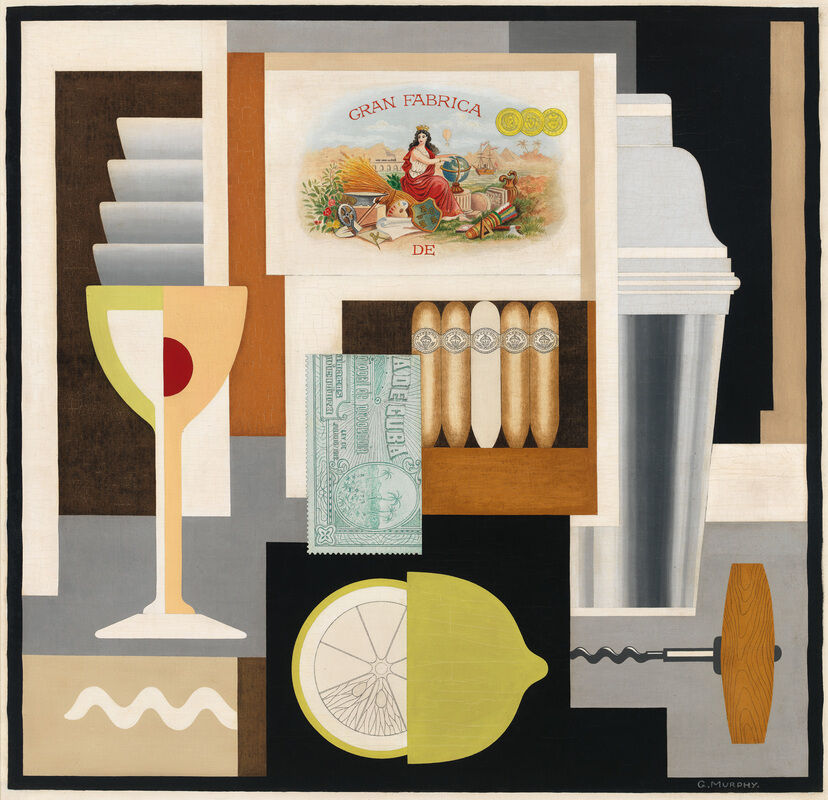
Gerald Murphy, Cocktail, 1927—Press Assets
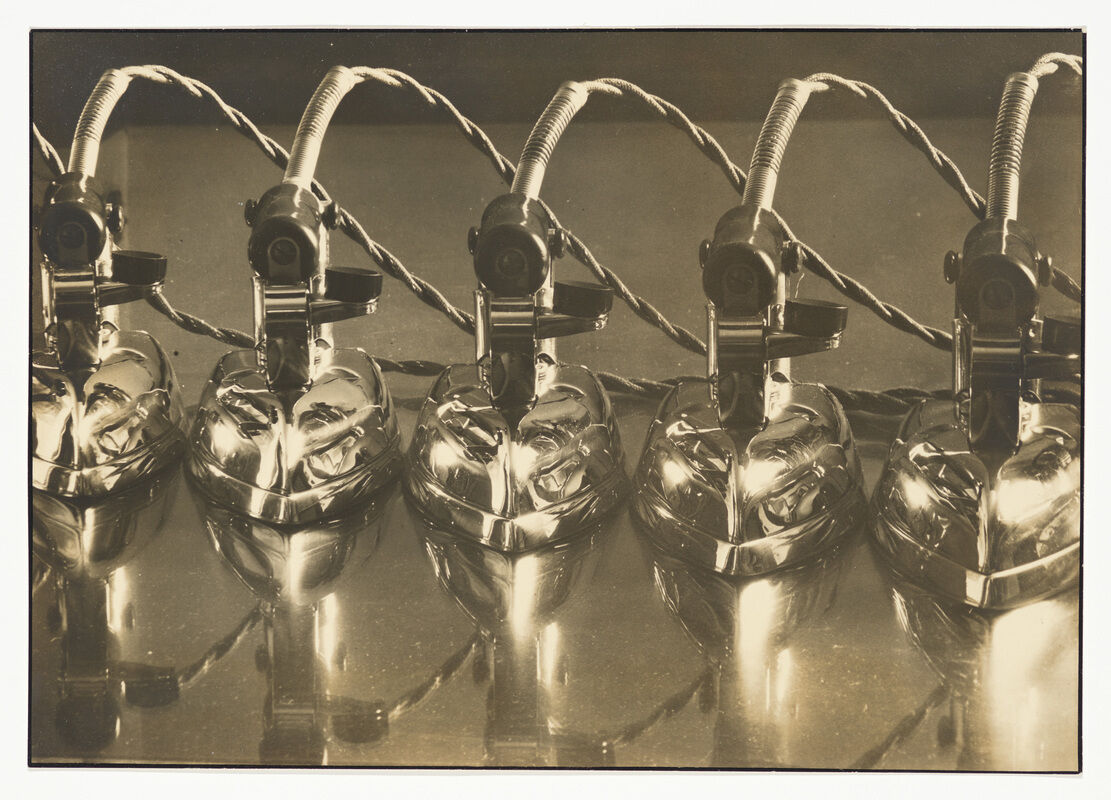
Margaret Bourke-White, Edison Electric, 1930—Press Assets
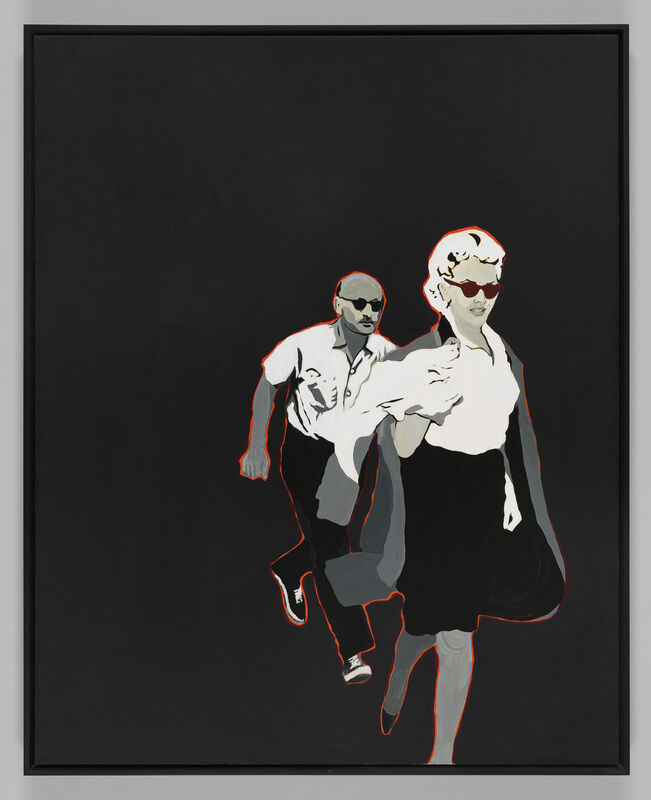
Rosalyn Drexler, Marilyn Pursued by Death, 1963—Press Assets
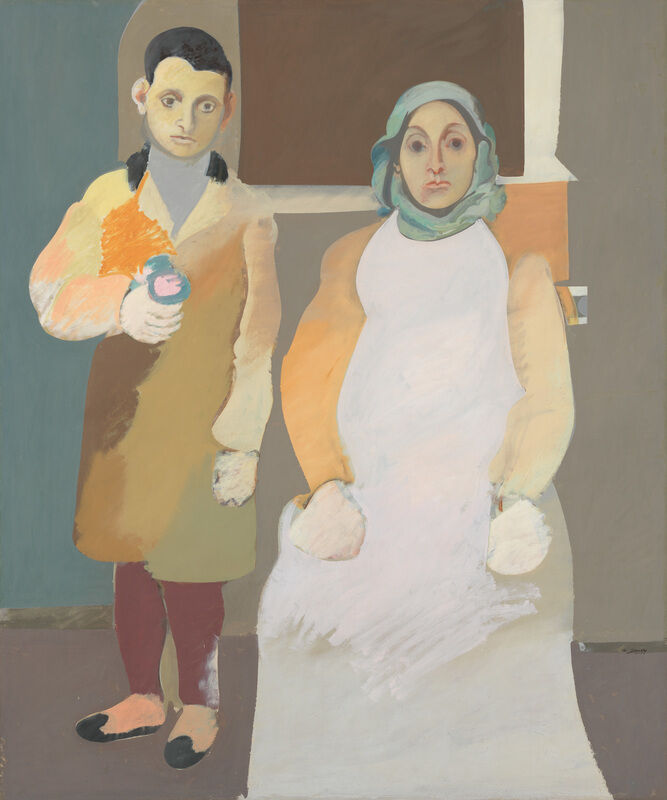
Arshile Gorky, The Artist and His Mother,
1926-c. 1936. Oil on canvas, 60 × 50 1/4 in.
(152.4 × 127.6 cm). Whitney Museum of
American Art, New York; gift of Julien Levy for
Maro and Natasha Gorky in memory of their
father 50.17. © 2025 The Arshile Gorky
Foundation / Artists Rights Society (ARS), New
York
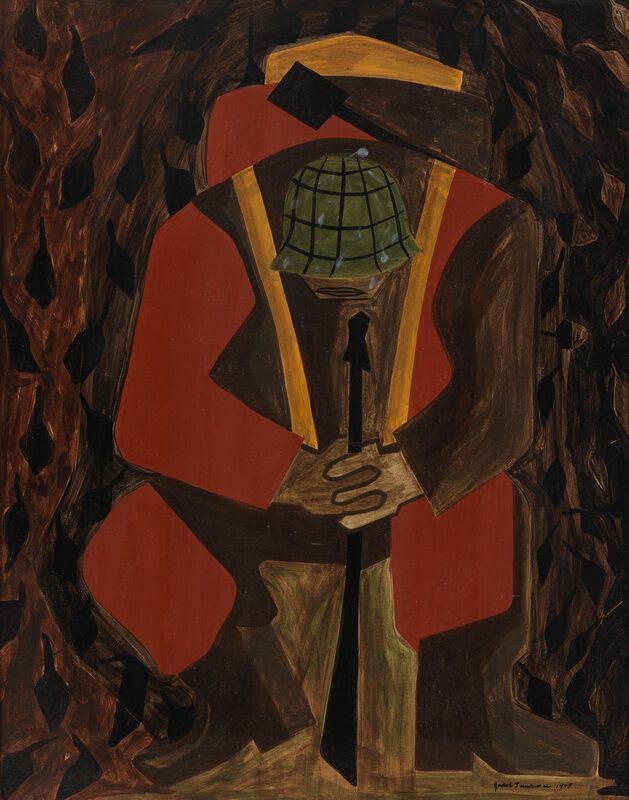
Jacob Lawrence, War Series: Victory, 1947—Press Assets



